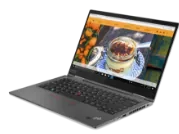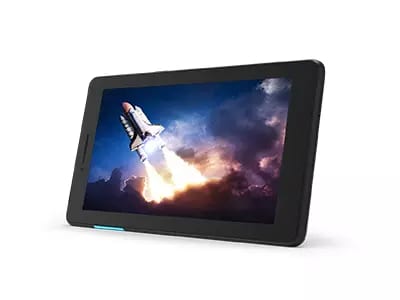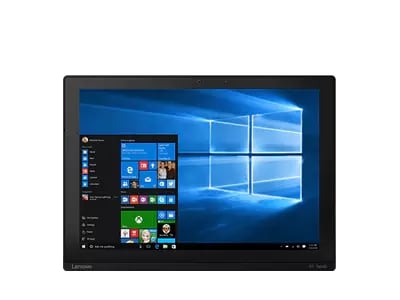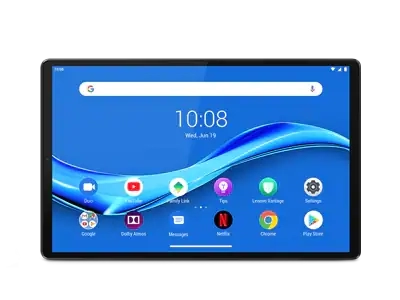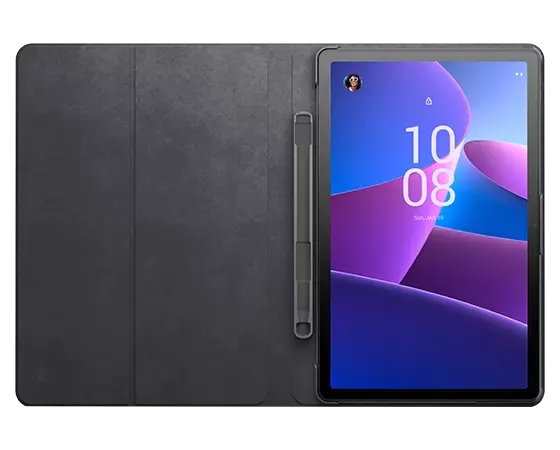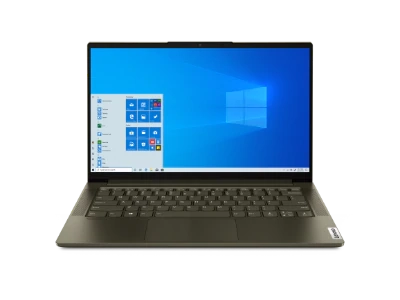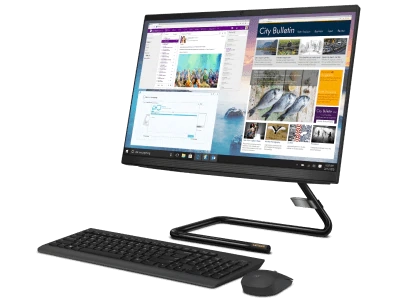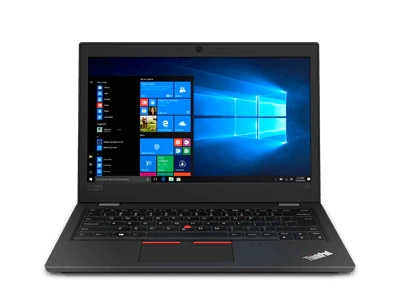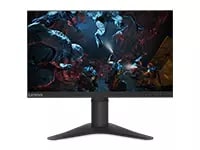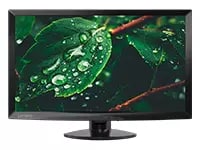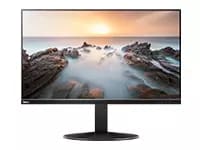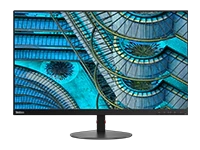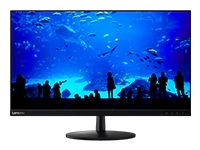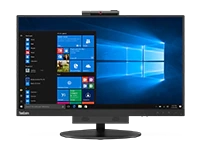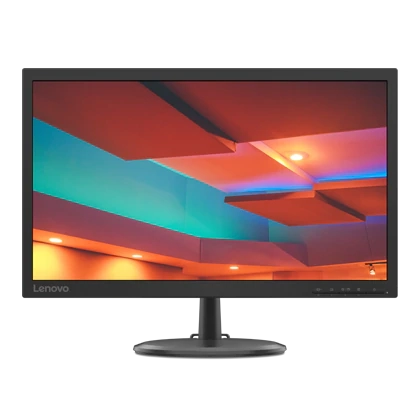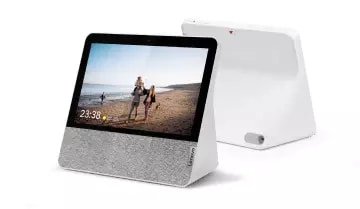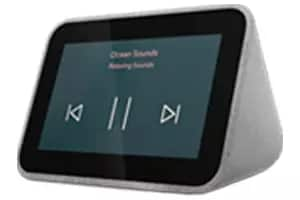Choosing the Best Laptop for Photoshop
The world of photography has changed dramatically over the last few decades. Along with a shift from film stock to digital images, nearly all of us have a camera in our pocket, a feature of today’s smartphones. In many cases, the resolution of those smartphone cameras is far beyond what would have been considered top-of-the-line for a digital SLR camera just a few years ago.
According to statistics compiled by the makers of the photo organizing app Mylio, there were more than 1.4 trillion photos taken in 2020. That’s up from the 1.3 trillion photos taken in 2018, but well short of the 1.6 trillion photos the company estimates will be taken in 2022. More than 90 percent of those photos will be taken using a mobile device.
And thanks to that continued growth, Mylio estimates there are more than 9.3 trillion photos stored on hard drives of our computers.
Still, it’s a rare image that couldn’t benefit from a bit of tweaking, whether it’s removing redeye effects, brightening colors, making us look just a bit thinner, or removing an unwanted photobomber. Without a doubt, the best software for accomplishing those tasks is Adobe Photoshop.
So whether you’re a hobbyist or a professional photographer, if you’re considering a laptop purchase one of the factors that will influence your decision is the laptop’s ability to run Photoshop. With that in mind, let’s take a look at the hardware specifications you’ll need.
Hardware Requirements for Photoshop
Photoshop was first introduced in 1988, and quickly became the standard in photo editing software. The program’s popularity is so great that its name has become a verb, as in “to photoshop an image,” although Adobe has tried to discourage the trend.
Now a key component of Adobe’s Creative Cloud software suite, Photoshop’s paid user base is estimated to total more than 22 million.
But despite the power of the program, the system requirements for running Photoshop successfully are relatively modest. According to Adobe, here are the minimum requirements:
-ProcessorFor a Windows computer, Adobe recommends an Intel® or AMD processor with 64-bit support and a clock speed of 2 GHz or faster, with SSE 4.2 or later. Clock speed refers to the number of calculations the processor can run per second, while SSE 4.2 is a single instruction, multiple data (SIMD) CPU instruction set used in the Intel Core microarchitecture and AMD K10 (K8L). Simply put, SIMD describes computers with multiple processing elements that perform the same operation on several data points at once. Most modern CPU designs include SIMD instructions to improve multimedia performance.
-RAMThe memory requirements of Photoshop aren’t much more than most other specialized software applications. The program requires a minimum of 8 GB, with 16 GB or more recommended if you’re regularly working with files 500 MB or larger. By default, Photoshop uses 70 percent of available RAM and will access hard drive space as a “scratch disk” if available RAM runs short. That can slow down the program dramatically, especially if your computer has HDD storage. It’s important to realize that most image files are compressed and when open will require much more RAM than the size of the image file itself.
-Hard DrivesThere are two options when it comes to hard drives: Hard disk drives (HDD) and solid-state drives (SSD). HDDs store data on the magnetic surface of a rotating metal platter and are generally found on older laptops and desktops. Although they can certainly do the job, they’re slower, noisier, and more susceptible to damage from being bumped or dropped than SSD drives.
SSDs contain no moving parts, and as such, they’re faster, more reliable, and less susceptible to damage than their HDD counterparts. Most newer laptops come with SSD as standard.
You’ll need 10 GB of space just to install Photoshop on your laptop. Because image files take up a lot of space, you’ll want as much storage as you can afford. In general, programs installed on an SSD will load and run faster than the same one installed on an HDD. Also, if the program frequently needs to make use of scratch disks SSD is the way to go. SSD storage is slightly more expensive than a comparably sized HDD, but the additional cost is more than justified by the drive’s speed and reliability.
-GPUsAccording to Adobe, Photoshop leverages the graphics processor in your laptop to provide a smooth experience and increased performance with many features. There are two options when it comes to graphic processors: Integrated GPUs built into the motherboard, and dedicated GPUs that are separate cards.
Although it may be possible to edit images on a laptop with integrated graphics, it’s likely to be a disappointment. Some Photoshop features run faster thanks to the use of a GPU for acceleration, including Lens Blur, Camera Raw, and Smart Sharpen. Other features, such as 3D, Birds Eye View, Flick Panning, and others, won’t work without a dedicated graphics card.
Adobe recommends at a minimum your laptop include a dedicated GPU with DirectX 12 support and 2 GB of GPU memory. For 4k displays and greater, you’ll need 4 GB of GPU memory.
-MonitorsOf course, when it comes to choosing the best laptop for Photoshop, it’s the display that ties all the other hardware components together. In addition to resolution requirements, to make it easy on the eyes you’ll want the largest monitor available, along with an anti-glare screen.
According to Adobe, Photoshop supports a minimum screen resolution of 1024 x 768 at 100 percent user interface scaling. The minimum screen resolution required increases as the UI scaling factor increases. A user would need a screen resolution of at least 1920 x 1080 to scale to 150 percent without issues, or a screen resolution of 2880 x 1800 to scale to 200 percent.
Best Lenovo Laptops for Photoshop
Even when knowing the hardware requirements you need to run the premier image editing program, choosing the best laptop for Photoshop can still be a challenge. That’s why Lenovo has a few suggestions that can fit the bill.
Lenovo’s Legion 5 Series laptops, for example, are available with displays as large as 17.3 inches and NVIDIA® GeForce graphics. The Legion 5 series is driven by either 10th Gen Intel® Core™ i7 or AMD Ryzen™ 4000 Series processors, with as much as 16 GB DDR4 RAM and 1 TB of HDD storage.
Another image-editing powerhouse is Lenovo’s Legion 7 Series laptop line, featuring FHD displays as large as 15.6 inches and ultra-thin bezels. The Legion 7 Series line offers powerful 10th Gen Intel® Core™ HK-Series processors and up to NVIDIA® GeForce RTX™ 2060 Max Q graphics. Options include 16 GB DDR4 RAM and a 1 TB PCIe SSD for abundant storage.
For those on a budget, there are Lenovo’s IdeaPad Gaming machines. These affordable powerhouses incorporate NVIDIA® GeForce® GTX graphics, AMD Ryzen™ 4000 H-Series processors, 8 GB DDR4 memory, and both HDD and SSD storage options. A 15.6" FHD display with up to 120Hz refresh rate keeps visuals crisp. And when the workday is over, it’s the perfect companion to serious gaming.
Another group of Photoshop standouts are Lenovo’s ThinkPad P Series Mobile Workstations, featuring processors ranging from the AMD Ryzen™ Threadripper PRO to the latest generation of Intel® Xeon® CPUs. Memory options range from 8 GB DDR4 2933MHz RAM to a staggering 128 GB DDR4 2933MHz RAM. Available storage options range from a 256 GB SSD to a 1 TB SSD, while graphics capabilities run the gamut from a NVIDIA® Quadro® T1000 4GB card to a NVIDIA® Quadro® RTX™ 5000 with Max-Q 16GB. Displays range from 15.6-inch FHD (1920 x 1080) anti-glare screen to a 15.6-inch UHD (3840 x 2160) OLED, anti-reflective, anti-smudge, touchscreen with Dolby Vision™.
Each of these lines includes a variety of hardware options, enabling you to pick the best laptop for your Photoshop needs at a price that won’t break the bank.
Need more info? Contact the experts at Lenovo for help with your choice.


Limits: Orders limited to 5 computers per customer. For larger quantities, go to the “Where to Buy” section of the website for details of resellers and retailers of Lenovo products
Offerings and Availability: All offers subject to availability. Offers, prices, specifications and availability may change without notice. Product offerings and specifications advertised on this website may be changed at any time and without notice. Models pictured are for illustration purposes only. Lenovo is not responsible for photographic or typographic errors..
PCs shown here are shipped with an operating system.
Prices: Web prices advertised include VAT. Prices and offers in the cart are subject to change until the order is submitted. *Pricing - savings referenced off regular Lenovo web prices. Reseller prices may differ from those advertised here.
**Battery: These systems do not support batteries that are not genuine Lenovo-made or authorised. Systems will continue to boot, but may not charge unauthorised batteries. Lenovo has no responsibility for the performance or safety of unauthorised batteries, and provides no warranties for failures or damage arising out of their use. **Battery life is based on the MobileMark® 2014 methodology and is an estimated maximum. Actual battery life may vary based on many factors, including screen brightness, active applications, features, power management settings, battery age and conditioning, and other customer preferences.
Finance is provided by Duologi. Duologi is the trading name of Specialist Lending Ltd.
General: Review key information provided by Microsoft® that may apply to your system purchase, including details on Windows 10, Windows 8, Windows 7, and potential upgrades/downgrades. Lenovo makes no representation or warranty regarding third-party products or services.
Trademarks: Lenovo, ThinkPad, IdeaPad, ThinkCentre, ThinkStation and the Lenovo logo are trademarks of Lenovo. Microsoft, Windows, Windows NT, and the Windows logo are trademarks of Microsoft Corporation. Ultrabook, Celeron, Celeron Inside, Core Inside, Intel, Intel Logo, Intel Atom, Intel Atom Inside, Intel Core, Intel Inside, Intel Inside Logo, Intel vPro, Itanium, Itanium Inside, Pentium, Pentium Inside, vPro Inside, Xeon, Xeon Phi, Xeon Inside, and Intel Optane are trademarks of Intel Corporation or its subsidiaries in the U.S. and/or other countries.© 2023 Advanced Micro Devices, Inc. All rights reserved. AMD, the AMD Arrow logo, Athlon, EPYC, FreeSync, Ryzen, Radeon, Threadripper and combinations thereof are trademarks of Advanced Micro Devices, Inc. Other company, product or service names may be trademarks or service marks of others.






